Pat Chaille, 5th Light Horse
By Marg Powell, Specialist Library Technician, Metadata Services | 20 July 2015
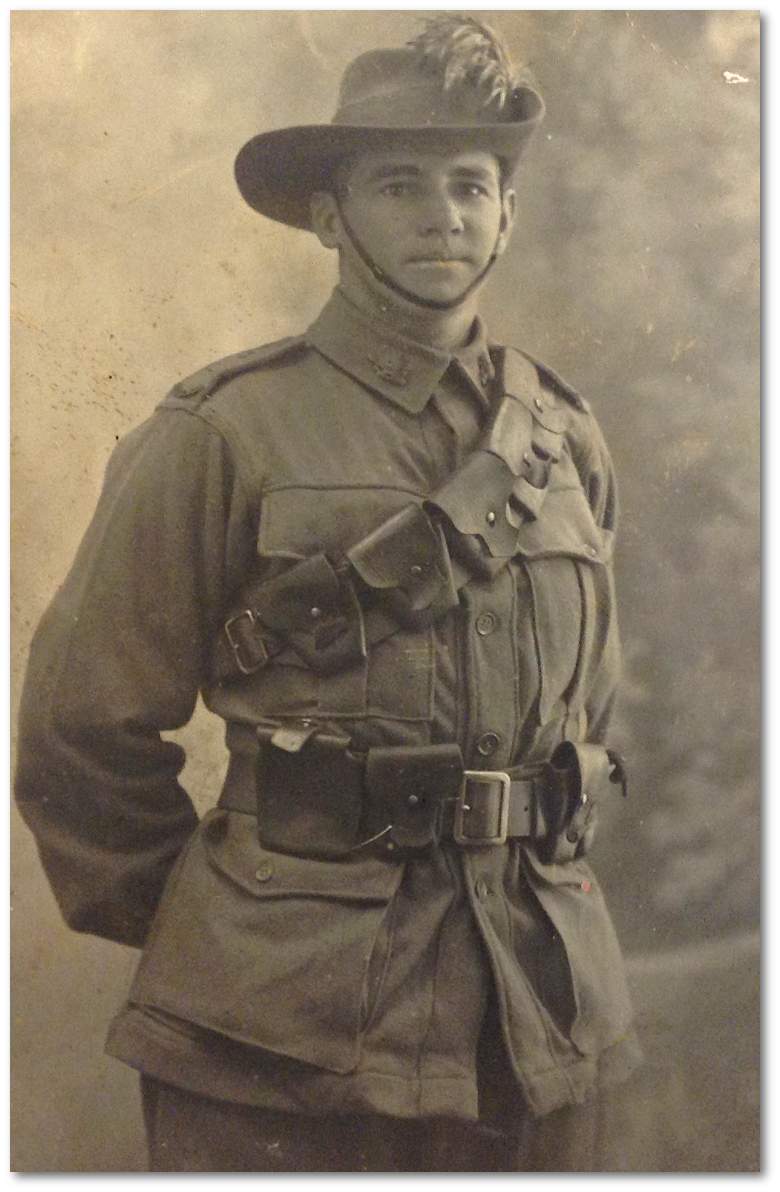
Sergeant Wilfred (Pat) Mapon Chaille, 5th Light Horse Regiment, Gallipoli, Palestine. 5641, Wilfred (Pat) Mapon Chaille papers, Item 21.
Wilfred Mapon Chaille, known affectionately as Pat, served in the First World War with the 5th Light Horse Regiment, and was engaged in a range of operations, including Gallipoli.
Pat hailed from the town of Esk, the son of James and Charlotte Chaille (nee Woollett). Prior to enlisting in November 1914, he had worked as a stockman on his father’s property "Blinkbonnie". This experience and country upbringing made Pat a natural candidate for the famed Light Horse; he departed aboard HMT Sicilia only a few months later.
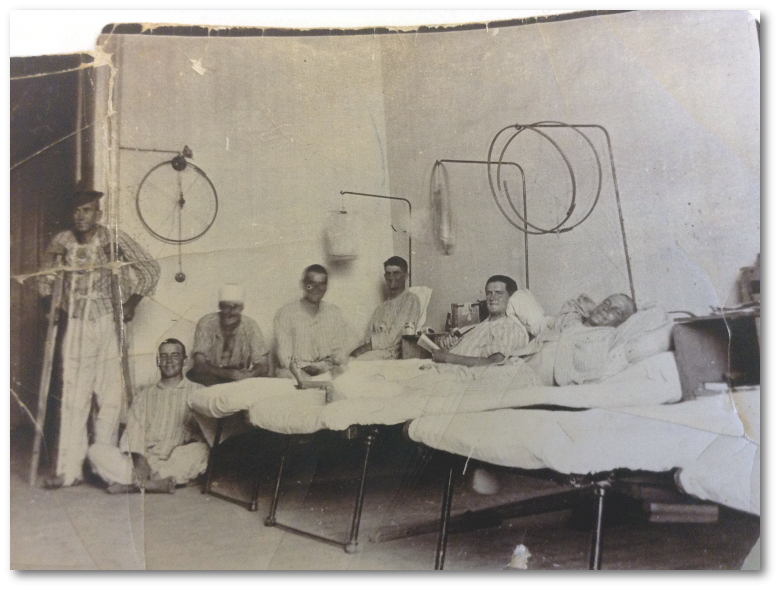
Soldiers convalescing, No. 8 Ward, Ghezireh Palace, (No.2 Australian General Hospital) Cairo - captioned: 'Pat Munro on floor'. 5641, Wilfred (Pat) Mapon Chaille papers, Item 4
He first saw action at Gallipoli, where he was wounded during operations at Chatham’s Post above Anzac Cove, receiving a gunshot wound to his chest and hand. He was evacuated to No.2 Australian General Hospital, in Ghezireh, Cairo.
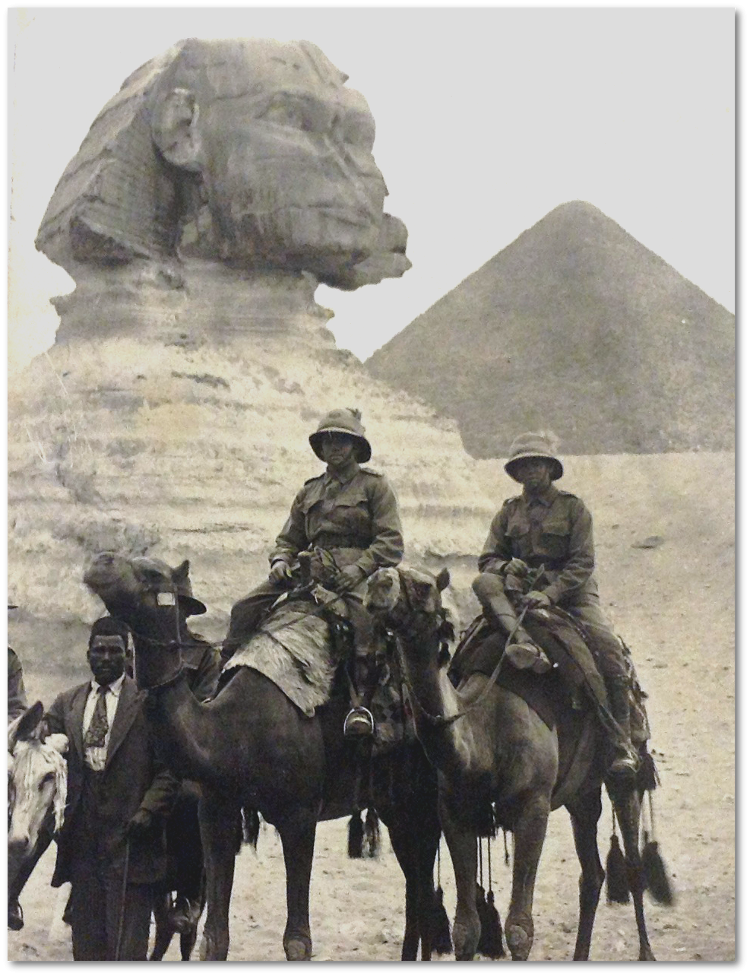
Trooper Wilfred (Pat) Chaille, in front of the Great Sphinx of Giza, Egypt. 5641, Wilfred (Pat) Mapon Chaille papers, Item 20
Chaille returned to duty on the Gallipoli Peninsula in October 1915, by then his unit was occupying Wilson's Lookout and experiencing gruelling conditions and ferocious attacks from the Turkish army.
The Unit Diary for the October 1915 records -
"the Turks used very extensively Broomstick Bombs, on some days firing as many as 200 of them ... in addition to the bombs ... they used 3 1/2 inch cartridge cases filled with dynamite, 30lb Howizter shells on the ends of rods ... "
Chaille rose through the ranks of the AIF and once his regiment had been evacuated from Gallipoli and reformed in Egypt he was promoted to Lance then Corporal by June 1917.
Chaille was once again hospitalised with illness for twenty days, most probably for Malaria which was very prevalent amongst the troops serving in the Jordan Valley. He was promoted to Sergeant a month after being discharged from hospital, and in the following year (1918) was sent to the School of Instruction in Zeitoun, which served to train N.C.O.s, and specialist soldiers such as machine gunners, and signallers.
Tragically only ten days after returning from the School of Instruction, he was killed in action after encountering German snipers near the river Jordan, in what was then Palestine.
He was initially buried at Wadi Manahan in the Jordan Valley, and amongst the photos donated to the State Library of Queensland are two of the small grave and simple marker that were placed there.
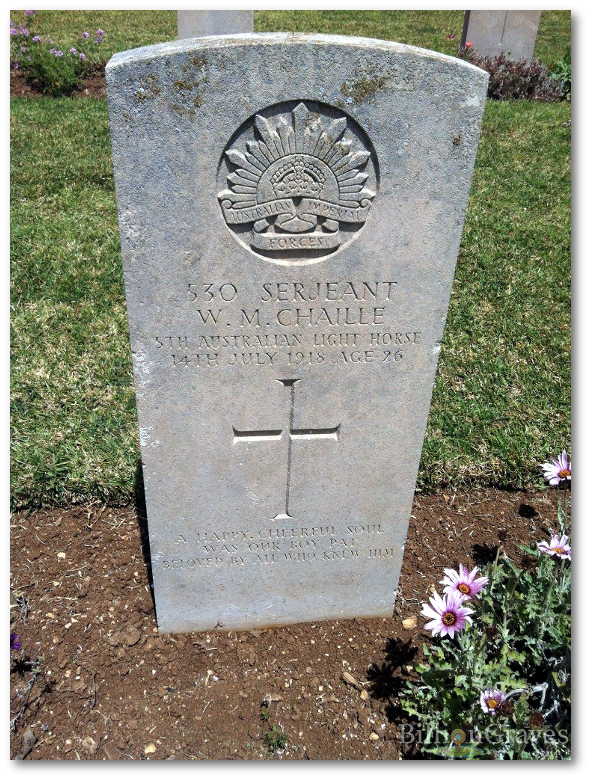
His final gravestone bears the touching inscription ... “A happy, cheerful soul was our boy Pat. Beloved by all who knew him". Jerusalem War Cemetery, Israel.
By all accounts Pat was a very likeable man, and can be seen in a number of his photos laughing with friends. Pat’s father died just five years later, leaving Pat’s mother, Charlotte and five siblings Harold, Estelle, Leila, Mabel and Ralph.
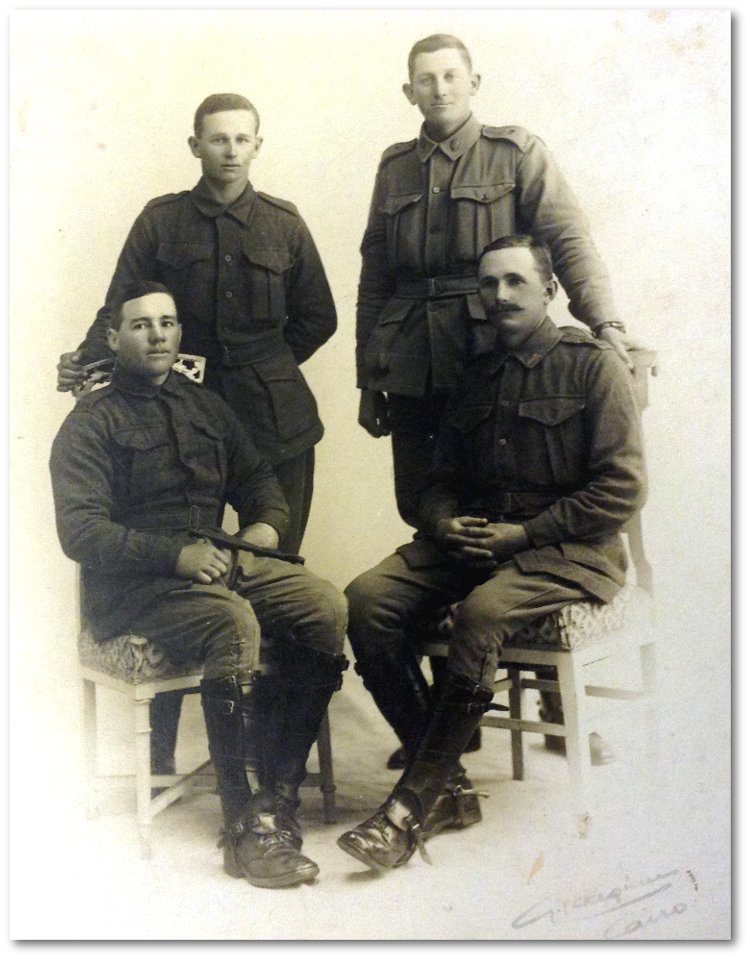
Studio portrait of Pat Chaille, seated on left, with three others, taken in Cairo, 1915. 5641, Wilfred (Pat) Mapon Chaille papers, Item 2.
22 November 2022: Now identified as: front right is Edward (Ted) Arnold Cornell # 1398, back left is George Glenrock Smith #1345, and back right is his brother Arthur Vincent Smith #478.
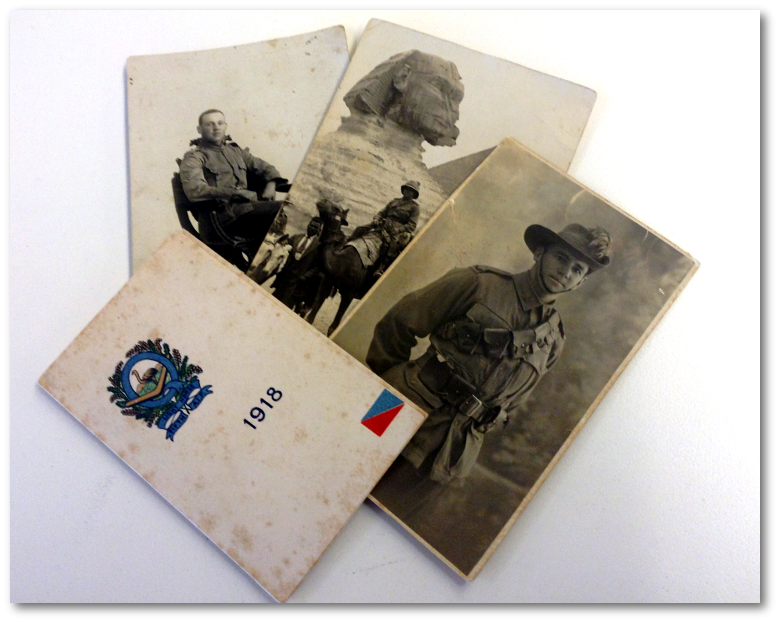
Photographs and postcards from the Chaille collection: 5641, Wilfred (Pat) Mapon Chaille papers
We are very grateful to the family of Pat Chaille for donating this small, but no less valuable collection of photographs and postcards. We would also like to thank our guest Blogger and Researcher, Year 12 student James Francis.
This lovely collection will be fully described and digitised as part of the State Library of Queensland's Q ANZAC 100 commitment to create a digital legacy for future generations, so they may gain a greater understanding of the Queensland experiences during and after the First World War.
Further reading:
- Service Record: Chaille, Wilfred Mapon, National Archives of Australia, Series B2455, Item ID 3224563
- AIF Unit War Diary: 5th Light Horse Regiment, November 1915
- 5641, Wilfred (Pat) Mapon Chaille papers
- OM74-16, Lachlan Chisholm Wilson papers
- 'A brief history and detailed nominal roll of the 5th Australian Light Horse Regiment, Australian Imperial Force, 1914 to 1919', by Leo Walsh, 2011
Comments
Your email address will not be published.
We welcome relevant, respectful comments.